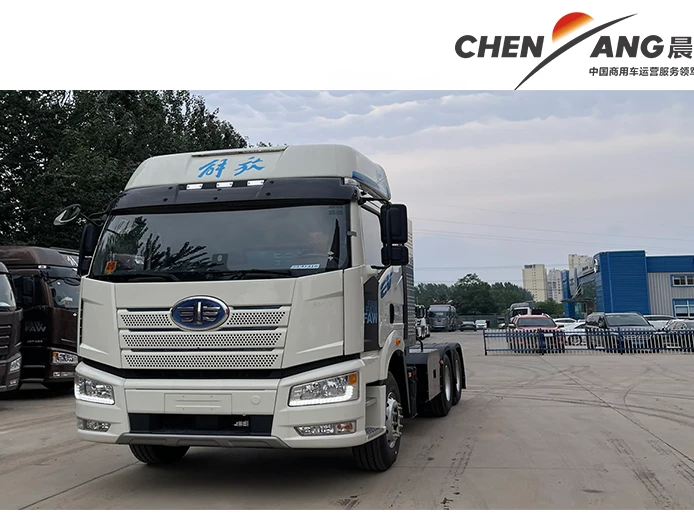side member chassis
Understanding Side Member Chassis A Key Component in Vehicle Engineering
In the realm of automotive engineering, the chassis serves as the backbone of a vehicle. It not only provides structural integrity but also influences safety, performance, and comfort. Among the various components that make up a chassis, the side member plays a crucial role. This article will delve into the significance of side member chassis, its design considerations, and its impact on modern vehicle performance.
What Are Side Members?
Side members are longitudinal beams located on either side of the chassis. These members run from the front to the rear of the vehicle, forming part of the vehicle’s frame. Typically made from high-strength materials, side members are designed to withstand various forces during operation, including those arising from acceleration, braking, and impacts.
The primary function of side members is to provide support and rigidity to the vehicle structure. They help distribute loads and absorb shocks from the road, playing a vital role in the overall performance and safety of the vehicle. The design and construction of side members can greatly influence a car's handling characteristics and crashworthiness.
Design Considerations
When designing side member chassis, several factors must be taken into account to ensure optimal performance
1. Material Selection The choice of materials is crucial. Traditional steel is often used due to its strength and weldability, but advancements in material science have introduced alternatives such as aluminum and high-strength steel alloys. These materials can reduce weight while maintaining structural integrity.
2. Geometric Configuration The shape and cross-sectional profile of side members must be carefully engineered. A well-designed geometry can enhance rigidity while minimizing weight, contributing to better fuel efficiency and handling.
3. Manufacturing Techniques The method of production also affects the performance of side members. Techniques such as stamping, extrusion, and hydroforming allow manufacturers to create complex shapes that optimize strength and reduce weight.
side member chassis

4. Crash Safety In the context of safety, side members must be designed to absorb impact energy during a collision. This is often accomplished through crumple zones, which allow the side members to deform in a controlled manner, protecting occupants in the event of an accident.
5. Integration with Other Components Side members must accommodate various components, including suspension systems and drivetrain elements. Their design must ensure compatibility and support for these critical parts, contributing to the overall dynamism and function of the vehicle.
Impact on Performance and Safety
The design and quality of side member chassis directly influence a vehicle's performance and safety. Well-engineered side members contribute to superior handling characteristics, as they enhance the vehicle's stability during cornering and maneuvering. This is particularly important for performance vehicles, where precision handling is a selling point.
From a safety perspective, side members play an integral role in crashworthiness. During a collision, the energy generated must be effectively managed; side members are critical in absorbing this energy and minimizing invasion into the passenger compartment. Regulations typically mandate crash tests to ensure that side members meet safety standards, reflecting their importance in vehicle design.
Future Trends and Innovations
As the automotive industry moves towards electric vehicles (EVs) and autonomous systems, the design of side member chassis continues to evolve. Lightweight materials, such as carbon fiber composites, are being explored to reduce overall vehicle weight, enhancing range for EVs. Moreover, the integration of advanced sensors and technology into chassis design is becoming increasingly prevalent, allowing for real-time monitoring of vehicle dynamics and structural integrity.
Conclusion
The side member chassis is a vital component that significantly influences a vehicle's safety, performance, and overall driving experience. As automotive engineering advances, the design and materials used in side members will continue to evolve, leading to safer and more efficient vehicles. Understanding the intricacies of side member chassis not only highlights its importance in vehicle construction but also underscores the continuous innovation in the automotive industry aimed at enhancing both safety and performance.
-
SINOTRUK HOWO 84 Electric Dump Truck for Eco-Friendly Heavy HaulingNewsJul.26,2025
-
The Fast 16-Gear Manual Transmission Assembly for Heavy TrucksNewsJul.25,2025
-
Mercedes Benz Actros 1848 42 Tractor Truck for Sale - Reliable PerformanceNewsJul.24,2025
-
High-Quality Water Pump Assembly for Sinotruk Trucks – Durable & ReliableNewsJul.23,2025
-
Premium Truck Engine Antifreeze Coolant Fluid for Heavy Duty VehiclesNewsJul.22,2025
-
FOTON View G7 Mini Bus: Affordable & Spacious TransportNewsJul.22,2025
Popular products

























